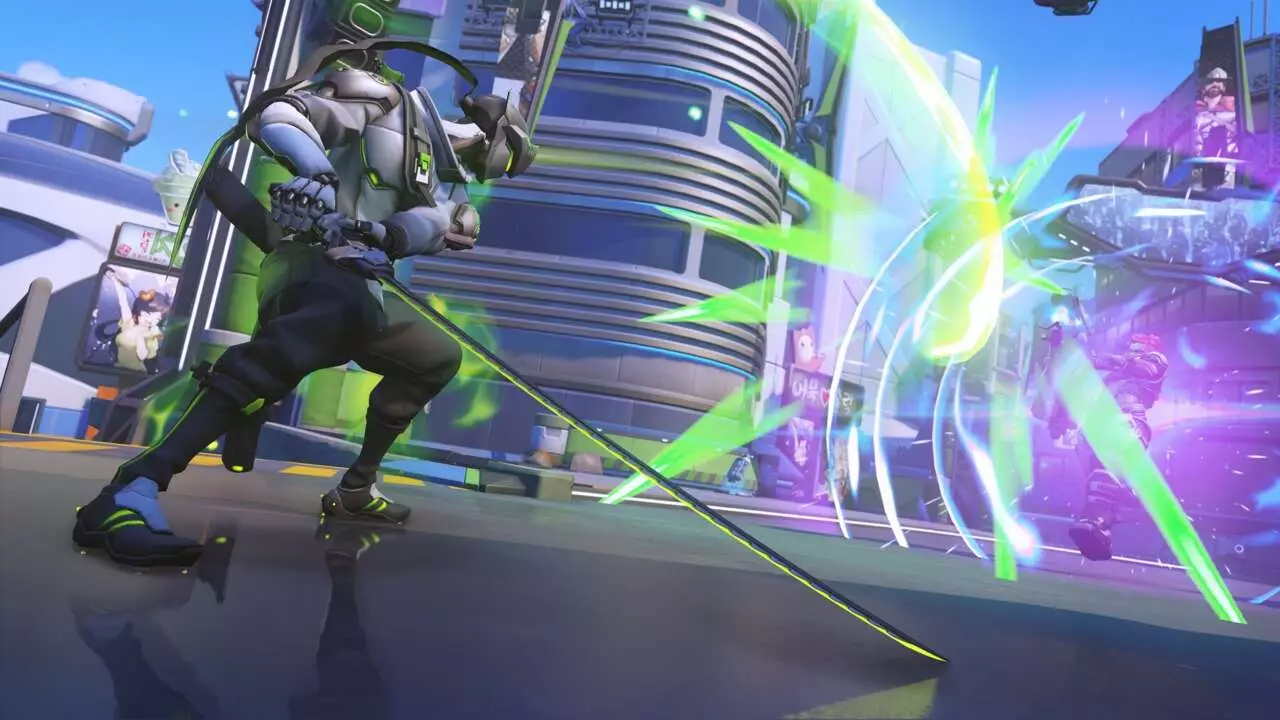In the ever-evolving landscape of multiplayer gaming, Blizzard Entertainment is set to redefine player experiences with the introduction of its compelling new mode, Stadium, in Overwatch 2. Scheduled for arrival in 2025, as part of Season 16, this innovative gameplay mode aims to captivate both veterans and newcomers with a fresh perspective on competition, character development, and strategy.
A Shift in Gameplay Dynamics
Stadium mode is not just another addition to the Overwatch 2 universe; it represents a significant paradigm shift in how players engage with the game. Unlike the familiar Quick Play and Competitive modes, Stadium is built as a competitive, round-based format that emphasizes collaboration, strategy, and character progression within matches. This mode introduces a compelling economic layer, allowing players to gather in-game currency through various actions such as defeating opponents or providing crucial support. The integration of this financial dynamic urges players to think critically about their choices and how they can enhance their hero’s capabilities.
The round-based nature of Stadium promotes a unique structure that fosters an intense back-and-forth competition. Players will engage in a “best of seven” series, forcing teams to adapt their strategies continually and make the most of their resources. This contrasts sharply with more traditional modes, where victory often hinges on a single match, thus creating a more dynamic environment where skill and strategic acumen are paramount.
Third-Person Perspective and Customization
One of the most striking features of Stadium mode is its support for a third-person camera format, a departure from Overwatch’s longstanding first-person perspective. Borrowing elements from popular titles such as Marvel Rivals, this camera angle allows for greater spatial awareness and tactical maneuvering, potentially offering players a new approach to teamwork and arena awareness. However, Blizzard hands players the autonomy to choose their preferred perspective, catering to the diverse preferences within the gaming community.
An exciting pre-round “buy” phase sets this gameplay mode apart further by allowing players to customize their heroes through the purchase of upgrades and items using accumulated currency. This aspect draws clear inspiration from games like Counter-Strike and Valorant, intertwining its mechanics with the hero shooter ethos of Overwatch. The items available can provide a broad range of enhancements, from boosts to health and movement to modifies that augment ability effects, offering players an unmatched level of customization during matches.
The inclusion of Stadium mode signifies Blizzard’s commitment to evolving Overwatch’s gameplay calculus and keeping player engagement high. By the time 2025 rolls around, players can expect a tiered roster of only 14 heroes at the initial launch of Stadium mode, aiming for a balanced competitive environment. Blizzard’s careful hand in selecting heroes to prevent overwhelming new players is a commendable attempt to create a level playing field.
Moreover, the introduction of a bounty system that rewards players for eliminating high-performing opponents will undoubtedly enhance the mode’s competitive spirit. This incentive encourages players to take calculated risks, fostering a thrilling atmosphere in which every decision can have significant ramifications.
Alongside Stadium mode, the upcoming Season 15 will see the return of loot boxes, adding yet another layer of excitement for fans who appreciated the original RNG-based rewards system within Overwatch. Additionally, new game mechanics, such as Perks, will empower players to make tactical decisions that can pivot the outcome of matches. With the introduction of heroes like the crossbow-wielding Freya and the monk-like Aqua, Blizzard is weaving a narrative of innovation as it expands the game’s universe further.
The forthcoming release of Stadium mode promises to inject fresh energy into Overwatch 2, allowing players to experience old favorites in new ways while simultaneously pushing their strategic thinking and teamwork skills to the next level. As Blizzard continues to evolve its offerings, the anticipation around these updates highlights a vibrant community eager to embrace new challenges and opportunities within their beloved game. The next few years could very well herald a renaissance for Overwatch as it continues to develop and adapt in an increasingly competitive gaming landscape.


Leave a Reply